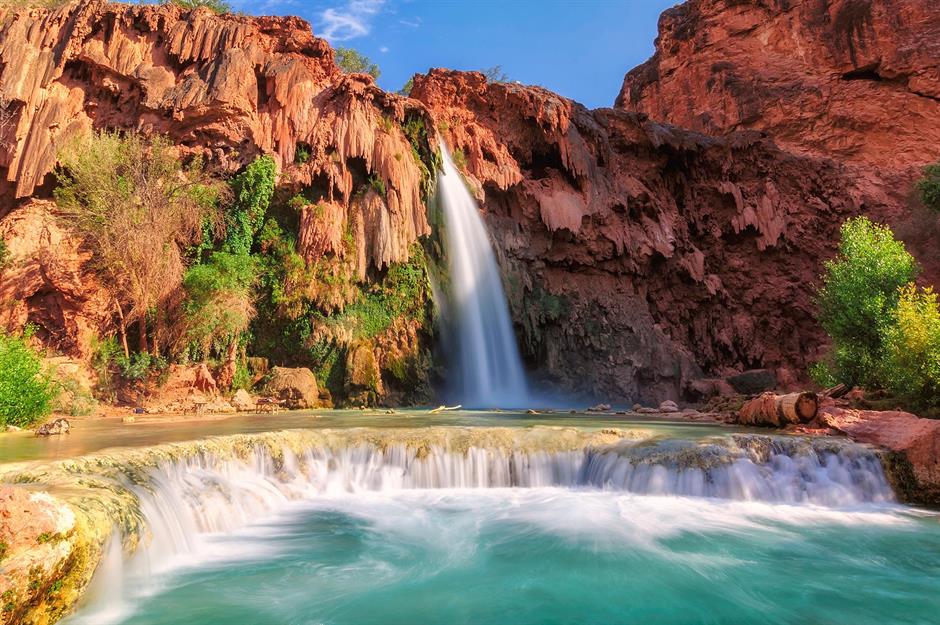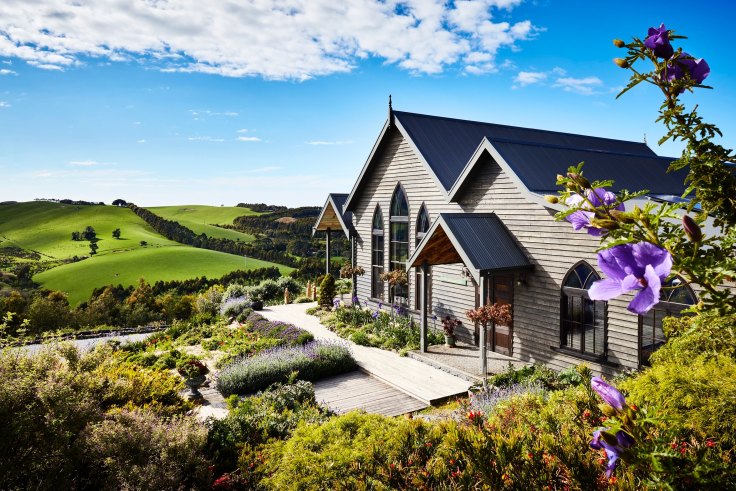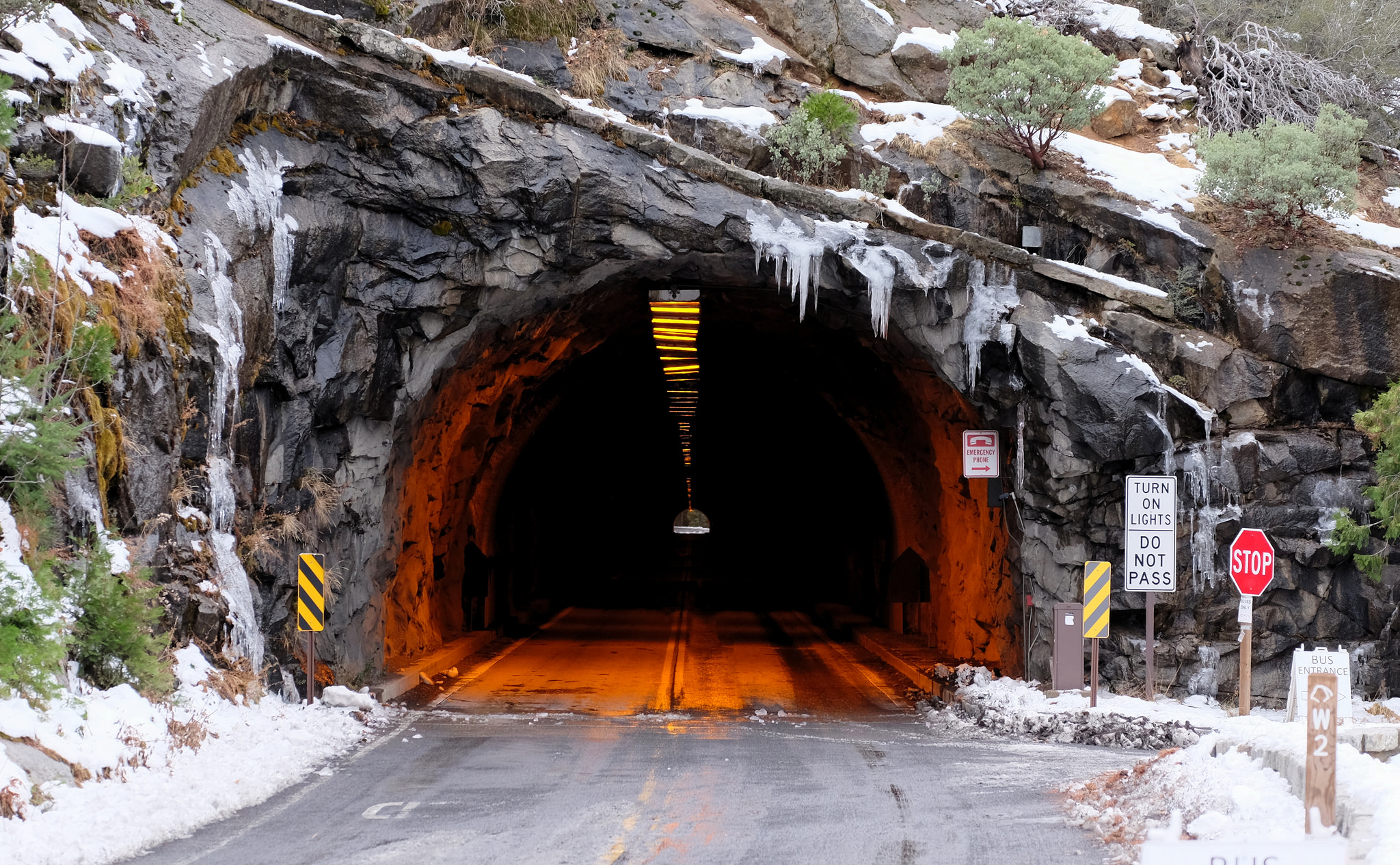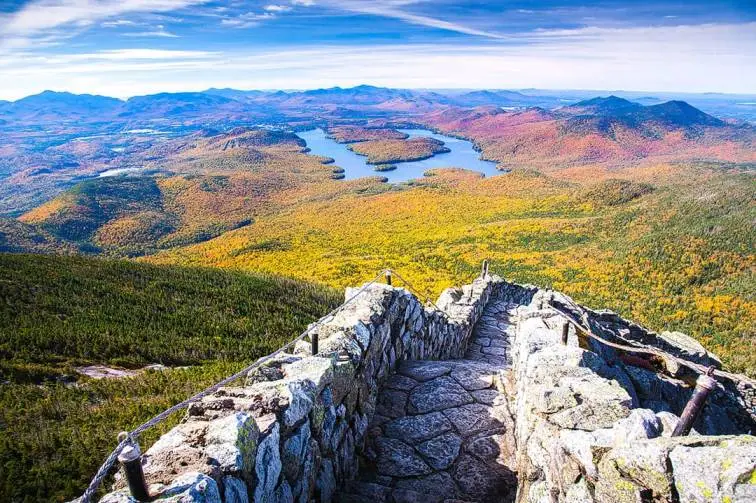Discover the Beauty of Glacier National Park
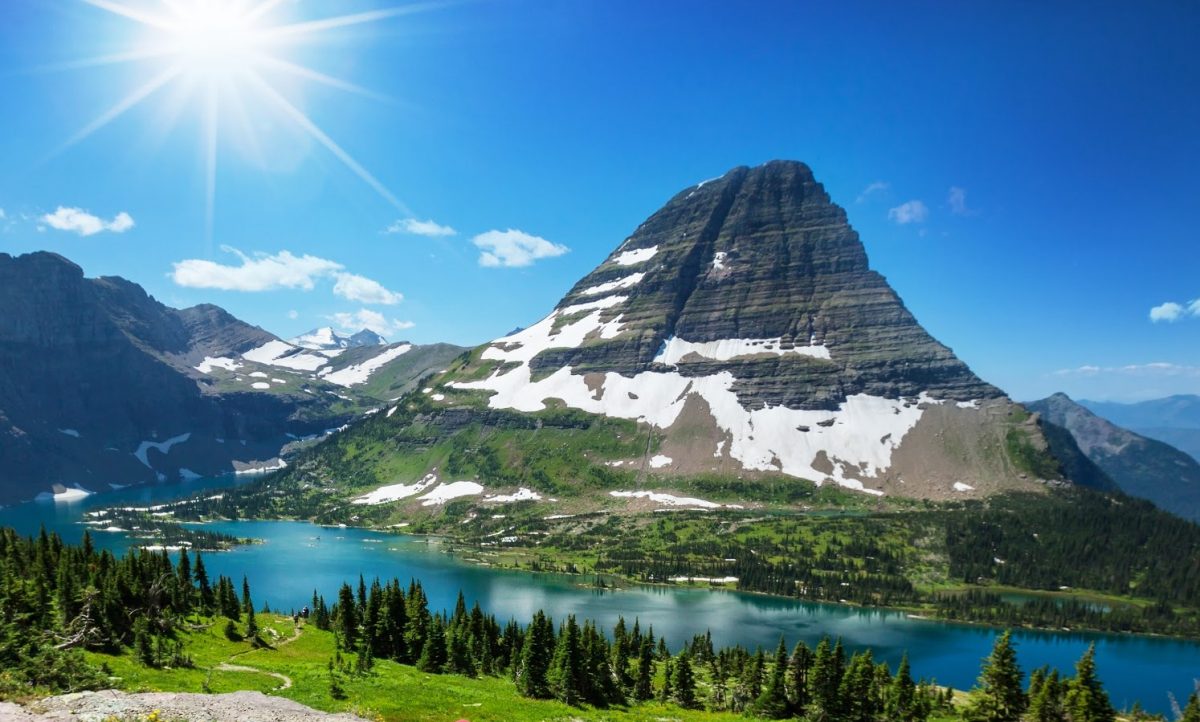
The adversary of any of the United States' most spectacular national parks, including Yellowstone, Yosemite and the Grand Canyon, Glacier National Park is full of craggy peaks produced by dramatic geologic thrust fissures and sculpted by ancient glaciers. But its mountains and dense forests are just the tip of the proverbial iceberg here – Glacier boasts deep ongoing ties to Indigenous tribes, one of the finest scenic parkways in the whole National Parks system, historic 'parkitecture' lodges and 740 miles of hiking trails punctuated by wandering grizzlies and moose.
Highlights Of Glacier National Park
Glacier's Glaciers
Many are astonished to discover that the park's current number of glaciers – 26 (35 were identified and named in 1966) – is considerably less than other American national parks, including the North Cascades (with over 300) and Mt Rainier (with 25 on one mountain). Today's visitors could be some of the last to truly see a glacier in the park. Current figures suggest that, if current climate trends persist, the park could be glacier-free by 2030.
Head to Jackson Glacier Overlook for an easy-access vantage point. This popular pull-over, located a short walk from the Gunsight Pass trailhead, offers telescopic views of the park’s fifth-largest glacier, which lies close to its eponymous 10,052ft peak – one of the park's highest.
Going-to-the-Sun Road
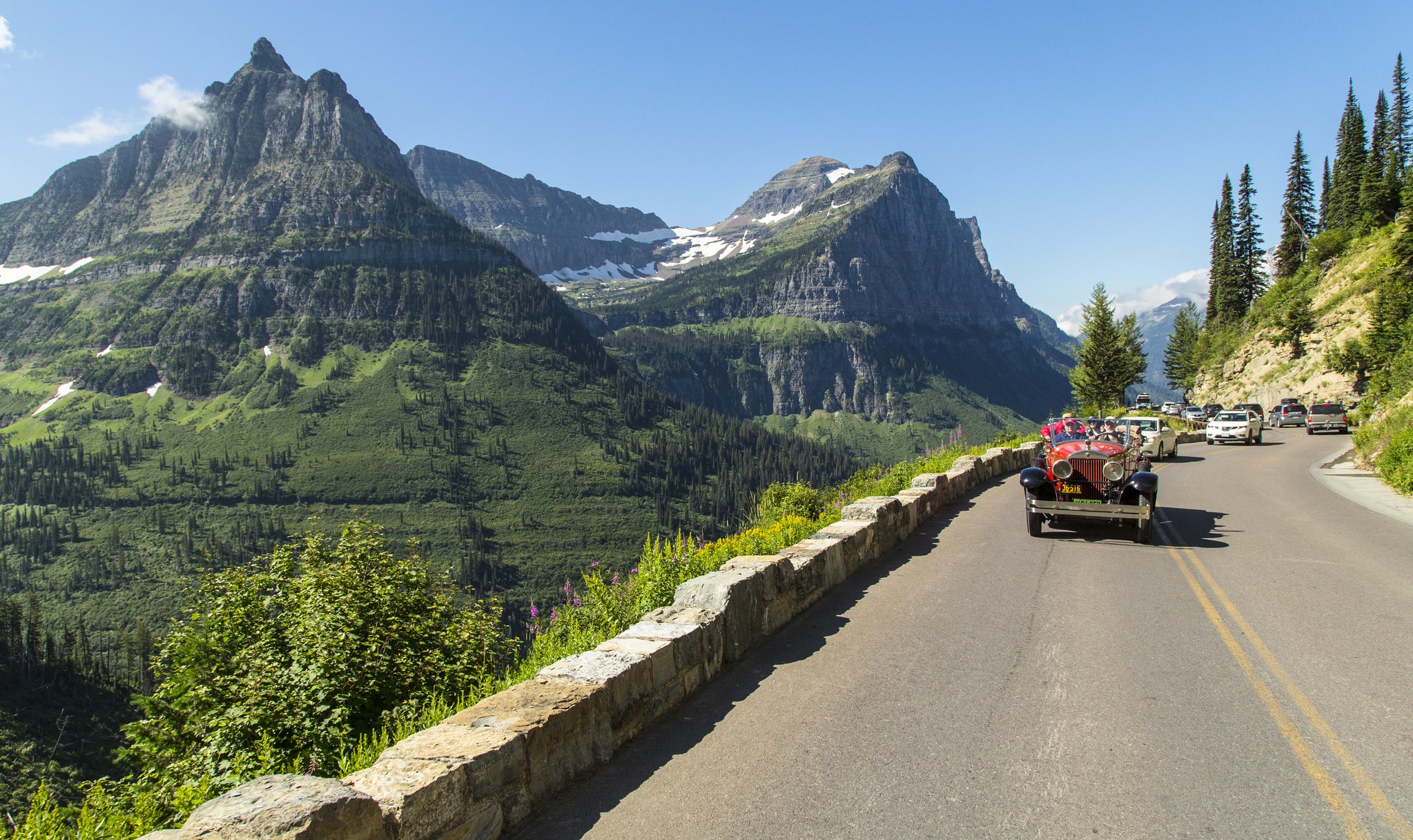
A strong contender for the most magnificent road in America, the 50-mile Going-to-the-Sun Road was constructed for the express purpose of giving visitors a means to investigate the park's interior without having to travel. This marvel of engineering is a national historic landmark that traverses Logan Pass (6,646ft) and is flanked by hiking trails, cascades and limitless vistas. The inauguration of the road signals the official start of the park's congested summer season.
Logan Pass
Perched above the tree line, atop the wind-lashed Continental Divide, and obstructed by snow for most of the year, Logan Pass – named for William R Logan, Glacier’s first superintendent – is the park’s highest navigable point by road. Two trails, Hidden Lake Overlook, which continues on to Hidden Lake itself, and Highline, lead out from here. Views are magnificent; the parking situation, however, is not – you might spend a lot of time seeking for a spot during prime hours.
Two Medicine Valley
Before the construction of Going-to-the-Sun Road in the 1930s, the Two Medicine Valley was one of the park’s most accessible centers, situated a mere 12 miles by horseback from the Great Northern Railway and the newly inaugurated Glacier Park Lodge. Famous for its robust bear population and profoundly imbued with Indigenous beliefs, the region is less visited these days, though it has lost none of its uncanny beauty.
Located around 3 miles to the northwest, 8020ft Triple Divide Peak represents the hydrologic apex of the North American continent. Empty a pail of water on its summit and it will flow into three discrete oceans: the Pacific, the Atlantic and the Arctic.
Hikes
There are nearly a thousand miles of hiking trails in Glacier National Park, from brief jaunts just off Going-to-the-Sun Road to epic backpacking excursions into grizzly country. Here are a few of the trail highlights:
The Highline Trail
A Glacier staple, the Highline Trail contours across the face of the famous Garden Wall to Granite Park Chalet – one of two historic lodges only accessible by trail. The summer slopes are covered with alpine plants and flora while the views are nothing short of stupendous. With only 800ft elevation gain over 7.6 miles, the delights arrive with minimal perspiration.
The Iceberg Lake Trail
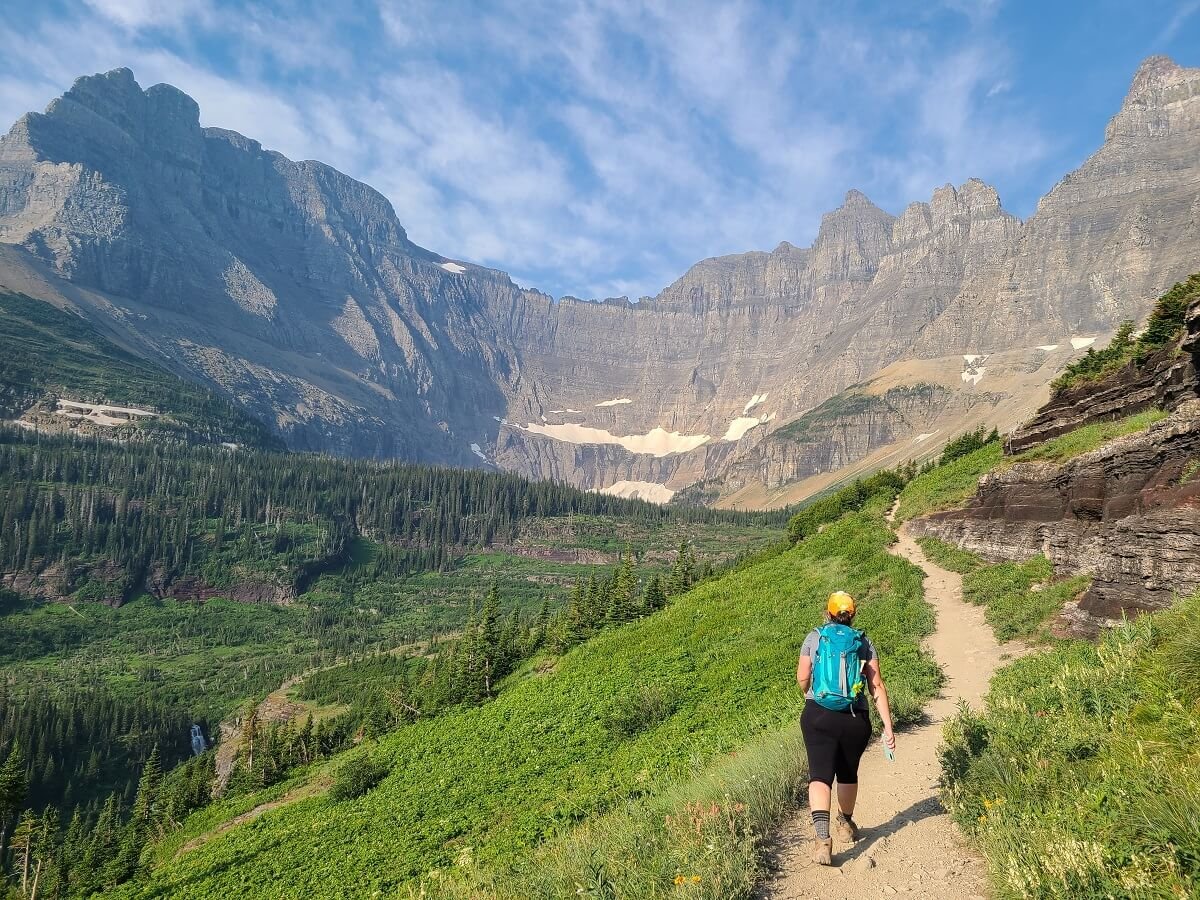
Deservedly, one of the most popular of Glacier's treks, this 9 mile there-and-back brings you to the eponymous deep glacial cirque surrounded by 914m vertical walls. The sight of icebergs drifting in the lake's still waters in the midst of summer is breathtaking. The ascent above Many Glacier Valley is reasonably gradual with amazing vistas and crosses meadows loaded with blooms.
Sun Point to Virginia Falls
Handily served by the free park shuttle, myriad trailheads along the eastern side of Going-to-the-Sun Road offer plenty of brief interlinking treks, a number of which can be combined together to make up a reasonable morning or afternoon ramble.
If you take the popular St Mary Falls Trail, you’ll ascend undemanding switchbacks through the trees to the valley’s most picturesque falls, set amid colorful vegetation on St Mary River. Beyond here, a trail branches along Virginia Creek, past a narrow gorge, to mist-shrouded (and tranquil) Virginia Falls at the foot of a suspended valley. It’s approximately 7 miles round-trip to Virginia Falls and return. The simple hike takes about four hours.
Piegan Pass
A popular trek among Glacier loyalists, this trail begins on Going-to-the-Sun Road at a convenient shuttle stop on Siyeh Bend just east of Logan Pass and deposits you in Glacier’s enigmatic heart, Many Glacier, with transport connections back to St Mary or even Whitefish. It also bisects colorful Preston Park, one of the region’s loveliest and most jubilant alpine meadows. The 12.8-mile trail (allow six hours) begins at the Siyeh Bend shuttle stop.
Dawson-Pitamakan Loop
This magnificent 18.8-mile hike along exposed mountain ridges spans the Continental Divide twice and can be crammed into a day for the ambitious and fit or, alternatively, undertaken over two or three days with accommodations at backcounty campgrounds. Blessed with two magnificent mountain passages and abounding with numerous plant and animal life, including grizzly bears, this is often promoted by park officials as being one of Glacier’s trekking highlights.
Places To Stay Near Glacier National Park
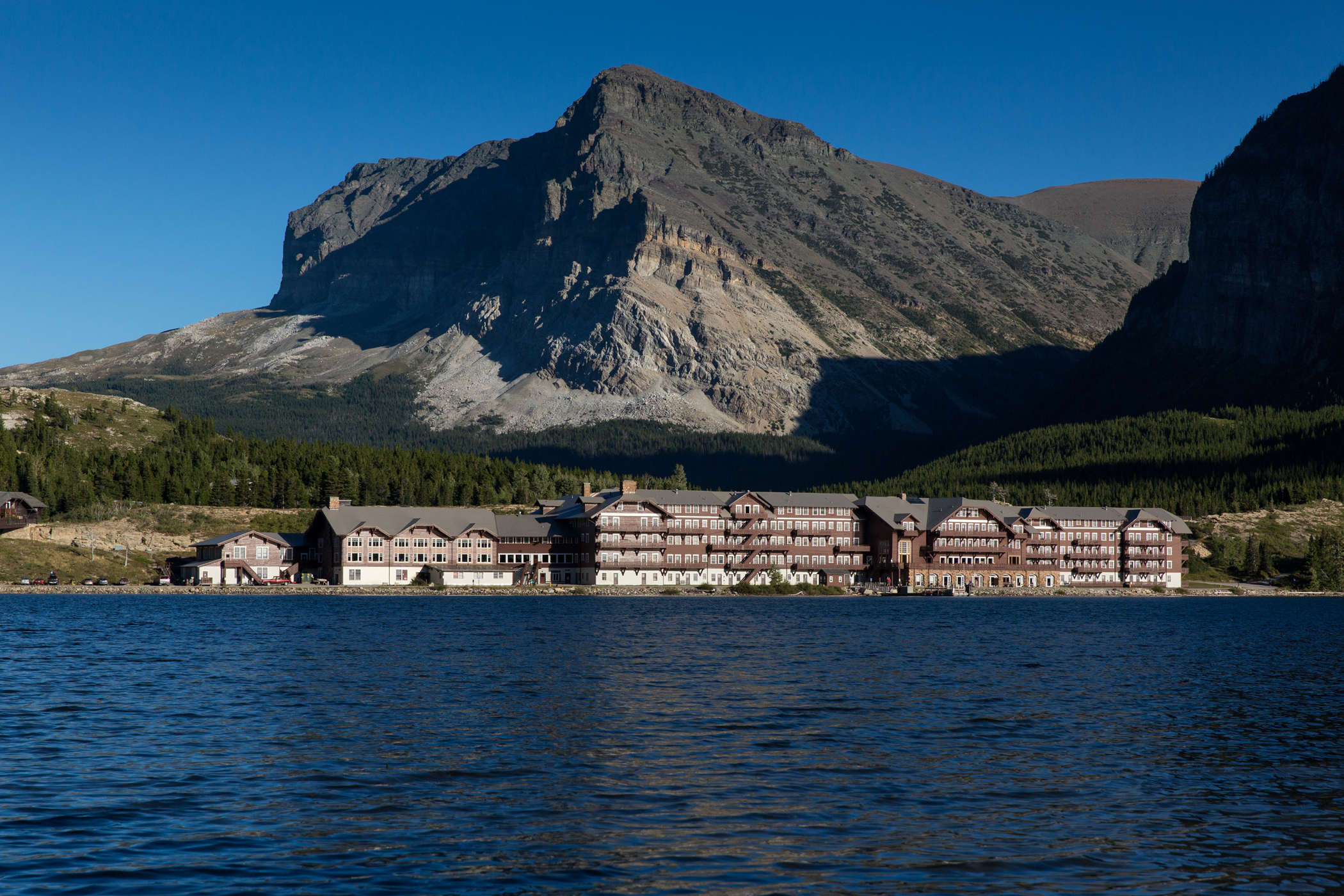
Glacier's classic 'parkitecture' lodges – Many Glacier Hotel, Lake McDonald Lodge and Glacier Park Lodge – are living, breathing, functioning artifacts of another – more indolent – era, when travelers to this wilderness park arrived by rail and ventured into the backcountry on horseback.
But that's not the only option for a place to reside in Glacier National Park. There are also renowned back-country chalets, numerous campgrounds for RV travelers and tent campers, and also motel-style accommodations in and around the park. These are a few of the best:
Lodges
These early 20th-century constructions were constructed with Swiss-chalet features and archetypal Wild West elements. Today they seem to consciously and appealingly summon up a romantic, almost mythic, vision of pastoral comfort – ideal reflections of the magnificent scenery on their doorsteps.
Glacier Park Lodge
Set in appealing, flawlessly manicured flower-filled grounds overlooking Montana’s oldest golf course, this historic 1914 lodge was built in the classic national-park tradition, with a magnificent open-plan lobby supported by lofty 900-year-old Douglas fir timbers (imported from Washington State). Eye-catching Native American artwork adorns the communal areas, and a full-sized tipi is inserted incongruously onto a 2nd-floor veranda.
In keeping with national-park tradition, the accommodations here are ‘rustic’ with no TVs or air-conditioning. Rocking chairs are dispersed inside, and out on the sheltered veranda where the vistas of the Glacier summits are worth the price of admission alone; the pool out back has little shadow. Two restaurants and a pub are also accessible to nonguests.
Lake McDonald Lodge
Fronting luminescent Lake McDonald and constructed in classic US 'parkitecture' style, the lodge welcomes its visitors through a more prosaic entryway setting – they originally disembarked from a boat on the lakefront. Small, comfortably rustic accommodations are complemented by cottages and a 1950s motel.
Built on the site of an earlier lodge commissioned by park pioneer George Snyder in the 1890s, the present building was constructed in 1913 and rooms remain minus air-conditioning and television – it's worth requesting one of the more than two dozen rooms and cabins renovated for the 2016 season. Deluxe ones even showcase some boutique stylings, including tiled restrooms, extremely comfortable king-sized mattresses and a dash of art. Two restaurants are on-site and evening ranger programs are conducted nightly in the summer. The lakefront location is reasonably optimal and near to trailheads on Going-to-the-Sun Road.
Many Glacier Hotel
Enjoying the most magnificent setting in the park, this vast, Swiss chalet–inspired lodge (some of the male staff don lederhosen) commands the northeastern shore of Swiftcurrent Lake. It was constructed by the Great Northern Railway in 1915, and the comfortable, if rustic, accommodations have been updated (restoration work continues) over the last 15 years. The deluxe accommodations feature boutique-style elements, including contemporary tiled restrooms.
The raised stone hearth with a unique chimney system from the 1940s marks the center of the large lobby and leisure area where visitors congregate to take in the dazzling snow and glacier-capped peaks (anyone can try out the lobby piano circa 1877). Some of the park's most iconic treks depart from nearby. Several restaurants are part of the complex, and trekkers can stock up on food and other provisions at the café and shop beneath.



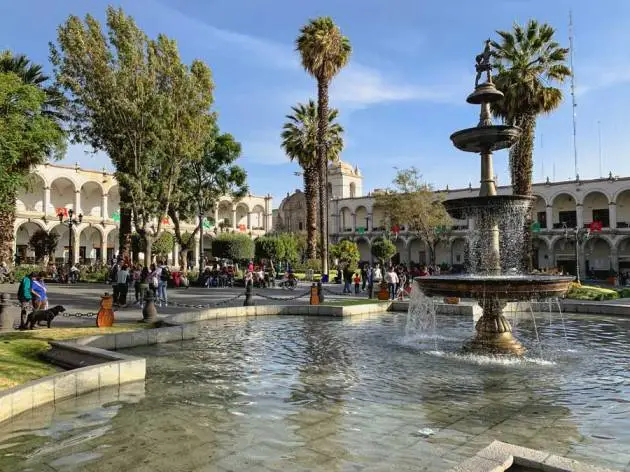
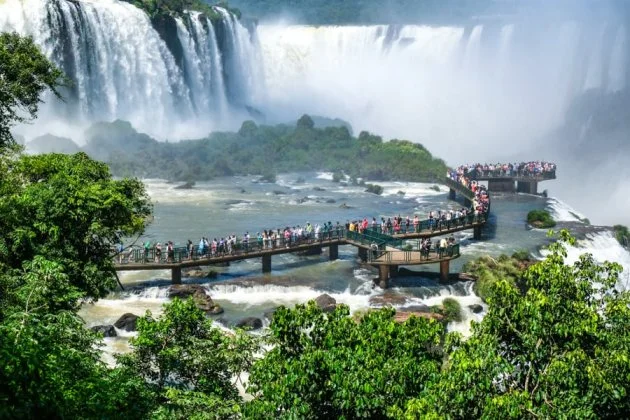

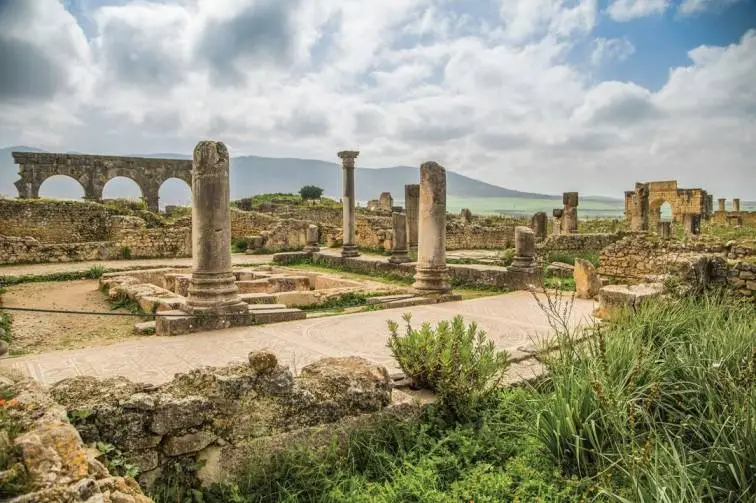
.webp)

